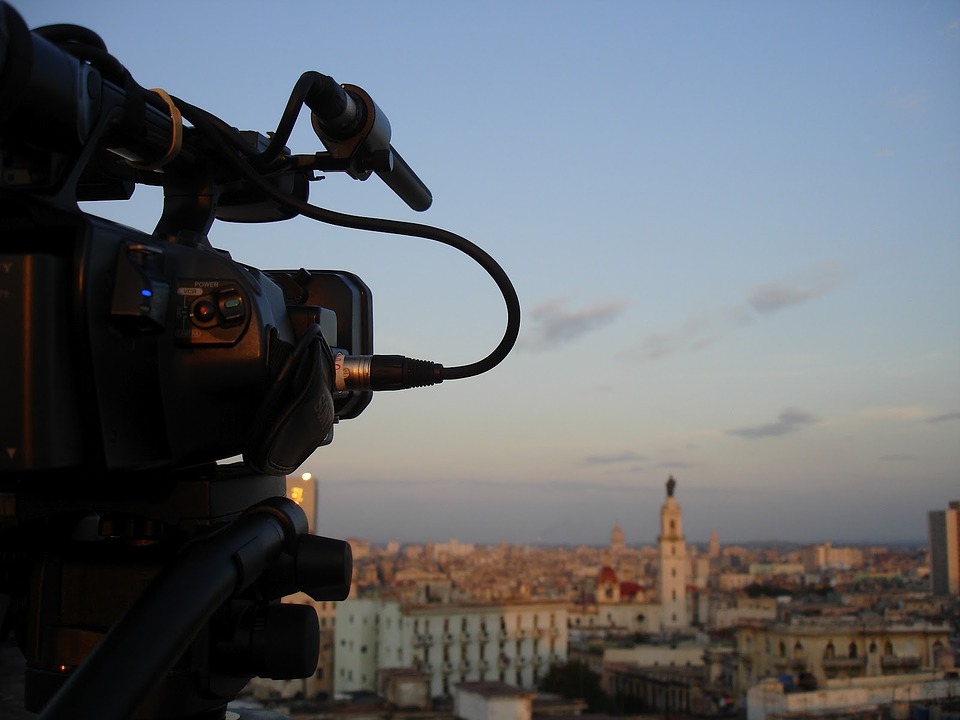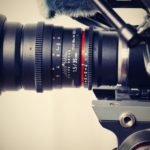Your decision to make a documentary means that you already have a story in mind and that you are passionate about the topic. Your story must be a real-life topic that is non-fictitious. The first part in the article series making a documentary covered the basics. In this article we will get more into details such as gears, tools, editing and releasing.
Organization
Proper organization and planning is key to making a good documentary. Some of the most important aspect to be aware of are:
- While filming, new ideas may come up and many times, this could lead to changes. Therefore, you need to have a plan before you begin. Introducing new twists along the way is okay, but make sure it will coincide with the overarching concept and budget.
- Documentary footage could have been taken over a long period of time, so you will need a production calendar. It will be used to keep a record of events and the dates that they were captured.
- Interviews and events should be scheduled. Prepare questions that you want to ask those you are interviewing. Choose interview subjects who can tell the best stories related to your topic.
- Schedule all travel plans and on-location filming.
- Get permission for all written work, pictures, drawings and music that you will need for your documentary.
- Create an outline for your production. What pattern do you want to use to keep your viewers engaged?
- Buy filmmaking gear. The necessary gears for filming include equipment such as video cameras, video editing computer and video editing software.

It is possible to make the documentary alone in some cases. But most filmmakers who attempt to do this end up struggling with a lot of things. For this reason, it could be worth considering to hire a cinematographer, an audio record artist, and other professionals you might see the use for.
Script
Writing a script for your documentary does not take any pattern, but it is important to try to break down your narrative. It is very different from writing a script for film production and doesn’t have to be written word for word. Simply create a general outline and it will serve as a direction and a framework for the production.
Editing
Editing should always begin even before shooting. You do it as you go because of the many changes involved in making a documentary. Edit your footage, graphics, add music and place images over the voices you interviewed.

Put all the shots together and sort them. Align the shots with their stories and ideas and add comments. Discard all unnecessary footage and make sure your documentary makes sense. After you have gone through the shots you took, you could still go out to get more if there’s any you think is missing.
Release Your Documentary
Now your documentary is ready to be released. For most small producers social media following will be the biggest revenue channel in the beginning. Self-distribution and marketing on platforms like YouTube can be an efficient way to spread the word. Submit your documentary to film festivals and try to get in contact with distribution companies to take it to the next step.
Last Notes
Documentaries are very informative and educational for everyone. They serve as mind openers to many. To others, they serve as an inspiration and as a guide. Documentaries can help in a lot of ways to change the world. They constitute topics that are real and encourage discussions about real life issues.
Follow this step by step guide, and hopefully, it can help you through the complicated processes. If you are able to get one done, you should be very proud of yourself. It spells endless possibilities and could mean financial freedom if it becomes successful.



